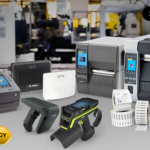Table of Contents
Introduction
In the rapidly evolving world of digital fact (VR), the role of a VR Software Test Engineer is essential. This expert is liable for ensuring that VR programs and reviews are bug-unfastened, intuitive, and perform seamlessly throughout numerous gadgets. They dive deep into the software to become aware of and remedy issues before the product reaches the quit person.
A VR Software Test Engineer typically collaborates with builders, designers, and different stakeholders to apprehend the product necessities. They create and execute test plans, simulate various eventualities, and use specialized gear to screen the software program behavior. The aim is to provide a ideal VR revel in that meets high standards of best and performance.
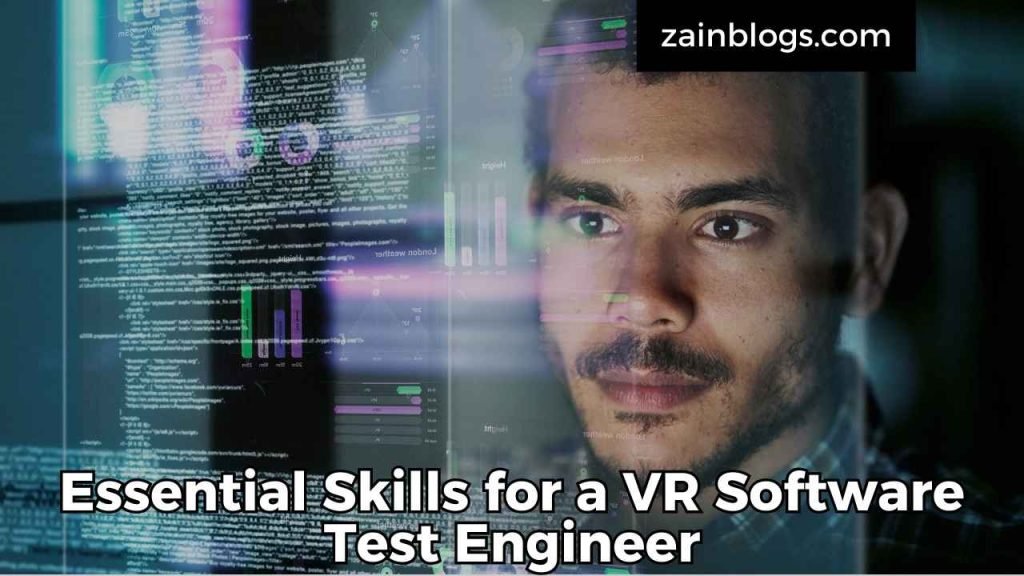
Essential Skills for a VR Software Test Engineer
To excel as a VR Software Test Engineer, several key talents are important. First, a strong understanding of software program trying out ideas is a need to. This includes know-how of checking out methodologies, check case design, and defect monitoring. Additionally, familiarity with VR technology and platforms is essential for figuring out capability troubles precise to VR environments.
Another critical talent is talent in scripting and automation. Since VR packages can be complex, automating repetitive testing obligations can keep time and improve accuracy. A exact VR Software Test Engineer have to also possess sturdy trouble-fixing capabilities and interest to detail to correctly troubleshoot and resolve problems.
The Importance of VR Testing
VR checking out is important for delivering notable VR stories. Unlike traditional software, VR packages have to recollect elements along with consumer immersion, interactivity, and motion sensitivity. Testing guarantees that the VR revel in is smooth, engaging, and loose from system faults that might disrupt person immersion.
Proper VR trying out entails comparing diverse factors, which includes snap shots rendering, motion tracking, and user interactions. By engaging in thorough tests, VR Software Test Engineers can identify and cope with potential troubles before they impact customers, ultimately improving the overall pleasant and reliability of the VR application.
Tools and Technologies for VR Software Testing
A VR Software Test Engineer is based on a lot of gear and technologies to conduct effective testing. These tools consist of VR headsets, movement controllers, and software simulators that replicate VR environments. Testing tools including malicious program tracking structures, check management platforms, and automatic testing frameworks are also used to streamline the trying out method.
Some popular VR trying out gear encompass Unity Test Framework, Unreal Engine Testing Tools, and custom-built check environments. These gear assist engineers simulate special scenarios, track performance metrics, and make certain compatibility across numerous VR hardware and software structures.
Challenges Faced by using VR Software Test Engineers
Testing VR software comes with its unique set of demanding situations. One primary project is the range of VR hardware and structures. VR programs ought to be compatible with various headsets, controllers, and working structures, that may complicate the trying out manner.
Another project is coping with the complexity of VR interactions and environments. VR Software Test Engineers have to account for elements together with consumer motion, spatial attention, and sensory feedback, which may be difficult to check thoroughly. Addressing those demanding situations calls for a mixture of technical expertise, creativity, and perseverance.
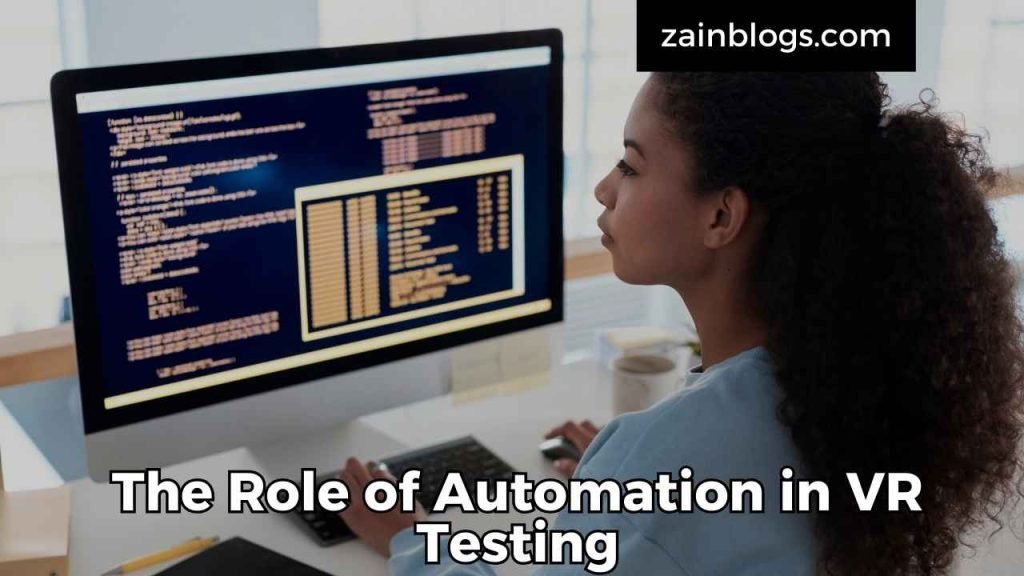
The Role of Automation in VR Testing
Automation plays a tremendous role in VR software testing. By automating repetitive checking out duties, VR Software Test Engineers can awareness on more complex and innovative factors of testing. Automation equipment can execute predefined test scripts, simulate consumer interactions, and capture performance facts, presenting treasured insights into the software’s conduct.
Automated testing also allows in retaining consistency and accuracy across multiple take a look at iterations. As VR programs evolve, automated assessments can quick become aware of regressions and make sure that new capabilities do not introduce new troubles.
The Future of VR Software Testing
The future of VR software program trying out is promising, with advancements in era continuously shaping the field. Emerging trends which include AI-driven testing, improved VR hardware, and extra sophisticated checking out gear are expected to beautify the abilties of VR Software Test Engineers.
AI and machine mastering can help in identifying styles and predicting ability issues, making the trying out technique more green and correct. Additionally, improvements in VR hardware will provide new opportunities for testing and refining VR reports, making sure that they stay current and attractive.
How to Become a VR Software Test Engineer
Becoming a VR Software Test Engineer calls for a mixture of education, enjoy, and talents. A historical past in laptop science or a related area is commonly required, at the side of revel in in software program checking out. Familiarity with VR technologies and platforms is also important.
Building a strong foundation in software program trying out principles and gaining palms-on revel in with VR equipment and technologies are key steps in pursuing a profession as a VR Software Test Engineer. Networking with enterprise experts and staying up to date at the latest trends in VR era also can be useful.
Best Practices for VR Software Testing
To ensure powerful VR software testing, numerous pleasant practices ought to be observed. These include creating complete check plans, simulating diverse consumer scenarios, and continuously tracking overall performance metrics. Engaging with quit customers and accumulating comments can also offer treasured insights into the consumer enjoy.
Testing must be iterative, with everyday updates and refinements primarily based on comments and performance records. By adhering to pleasant practices, VR Software Test Engineers can deliver first rate VR applications that meet person expectations and industry standards.
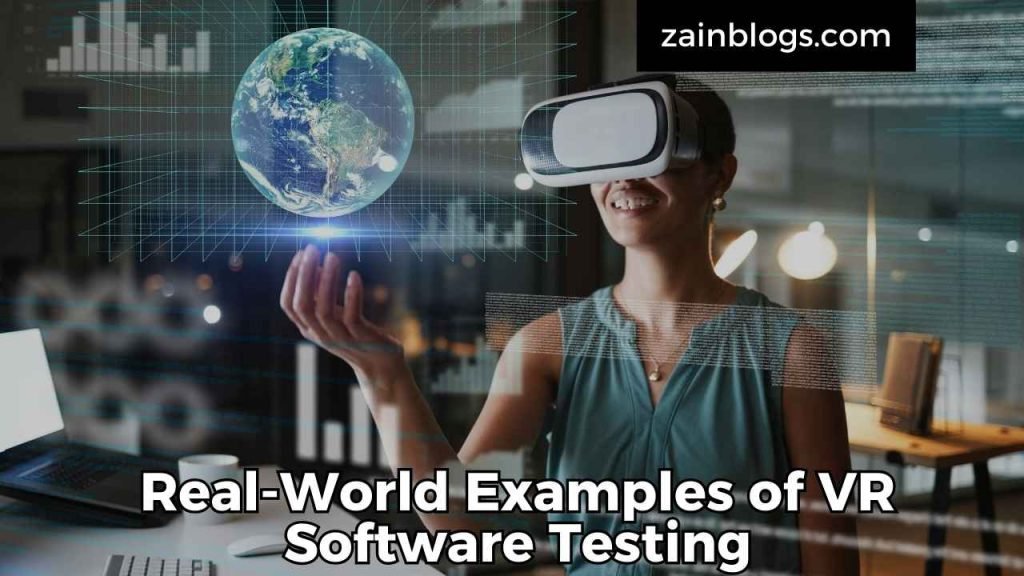
Real-World Examples of VR Software Testing
Examining real-global examples of VR software checking out can provide precious insights into the challenges and answers encountered by means of VR Software Test Engineers. Case studies of a hit VR programs and their testing approaches can highlight quality practices and modern techniques to trying out.
For example, testing for famous VR video games or applications frequently involves rigorous performance and compatibility checks to make certain a unbroken consumer enjoy. Analyzing these examples can help engineers recognize the complexities of VR trying out and apply similar techniques to their own tasks.
Collaborating with Development Teams
Effective collaboration with improvement teams is crucial for a VR Software Test Engineer. By operating carefully with developers, designers, and different stakeholders, engineers can gain a better knowledge of the venture necessities and become aware of capability issues early within the development manner.
Regular communique and feedback are essential for addressing demanding situations and refining the trying out procedure. Collaboration additionally helps in aligning trying out goals with mission dreams, making sure that the final VR utility meets the favored first-class standards.
The Impact of User Feedback on VR Testing
User remarks plays a big role in VR software checking out. By accumulating feedback from actual customers, VR Software Test Engineers can advantage treasured insights into the usability and overall performance of the VR application. This feedback can spotlight regions for improvement and manual the trying out manner.
Incorporating user feedback into the testing manner helps engineers address actual-world issues and enhance the overall user enjoy. It additionally ensures that the final product aligns with user expectations and affords a satisfying VR experience.
The Importance of Continuous Testing in VR
Continuous checking out is a essential issue of VR software program development. As VR applications evolve, non-stop checking out guarantees that new functions and updates do now not introduce new problems. By implementing non-stop trying out practices, VR Software Test Engineers can hold a high stage of fine and overall performance during the development lifecycle.
Automated trying out and non-stop integration equipment can assist in enforcing continuous testing practices. Regularly testing the application and addressing troubles directly enables in delivering a stable and reliable VR revel in.
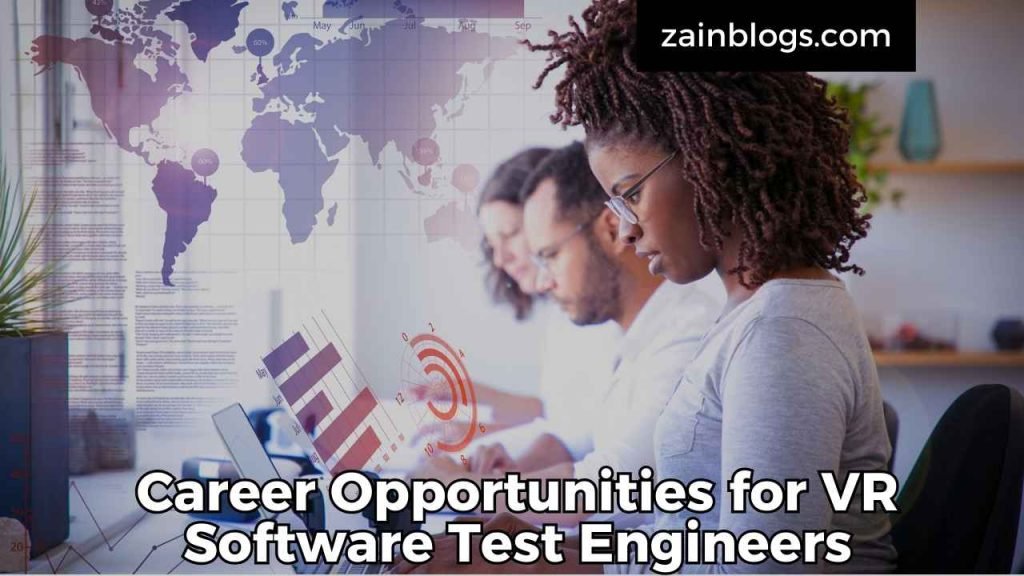
Career Opportunities for VR Software Test Engineers
The call for for VR Software Test Engineers is developing, developing various profession opportunities in the industry. From working with gaming agencies and tech giants to exploring possibilities in healthcare, schooling, and other sectors, there are various pathways for VR Software Test Engineers to strengthen their careers.
Specializing in unique regions of VR trying out, which includes overall performance optimization or user experience testing, also can open up extra profession prospects. Staying up to date on industry tendencies and constantly enhancing abilities can help engineers live competitive and strengthen of their careers.
Also Read: Uteach Cybersecurity: A Comprehensive Guide 2024
Conclusion
The role of a VR Software Test Engineer is vital for making sure the success of VR applications. With the continuous advancements in technology and the growing call for for immersive stories, the destiny of VR software program trying out is shiny. By embracing new tools, methodologies, and first-class practices, VR Software Test Engineers can retain to power innovation and deliver fantastic VR experiences.
FAQ About VR Software Test Engineer
Q1: What does a VR software engineer do?
Ans: A VR software engineer designs, develops, and maintains virtual reality applications and systems. They work on creating immersive experiences by coding and integrating VR software with hardware and ensuring smooth performance.
Q2: What is VR in software testing?
Ans: VR in software testing involves evaluating virtual reality applications to ensure they function correctly and provide a seamless user experience. This includes testing for bugs, performance issues, and usability in a simulated VR environment.
Q3: How much do VR testers make?
Ans: VR testers typically earn between $60,000 and $100,000 annually, depending on their experience, location, and the complexity of the projects they work on. Salaries can vary based on industry and job responsibilities.
Q4: What is a VR tester?
Ans: A VR tester is responsible for assessing virtual reality applications to identify and resolve issues before they are released. They evaluate the functionality, performance, and user experience of VR software to ensure high-quality products.
Q5: What are the various steps in VR in software testing?
Ans: The steps in VR software testing include defining test cases, setting up the VR environment, executing tests, monitoring performance, and documenting results. Testing also involves validating user interactions and ensuring compatibility with VR hardware.
Q6: How to test VR devices?
Ans: Testing VR devices involves evaluating their hardware components and software performance in a VR environment. This includes checking for visual clarity, tracking accuracy, comfort, and responsiveness to ensure the device provides an optimal user experience.
Q7: What do you need to be a VR engineer?
Ans: To become a VR engineer, you typically need a strong background in computer science or software engineering, experience with VR development tools and programming languages, and a good understanding of VR hardware and user experience principles.






